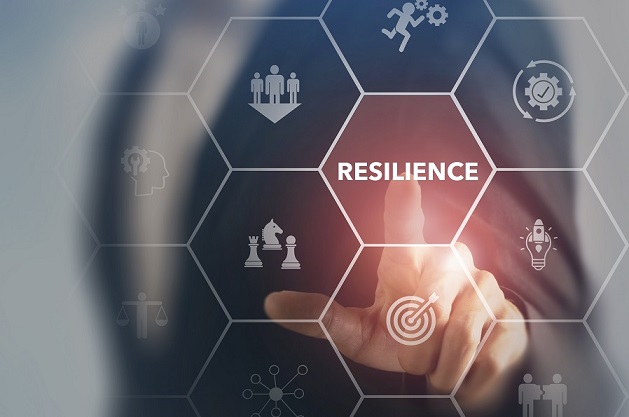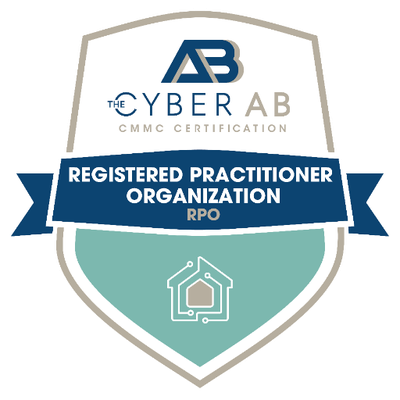
In a world where businesses are increasingly dependent on the cloud and other computing tasks, a business continuity plan is essential if you want to make sure you don’t want to lose customers and money in the event of a disaster. Whether a potential business disruption is due to human or natural elements, your business is more likely to thrive if you are prepared for whatever life throws your way.
What is a Business Continuity Plan and Why is it Important?
A business continuity plan is a detailed plan of action that your business is prepared to implement when a disruption occurs. It is crucial to have one on hand to minimize the amount of downtime your company has when disaster strikes so that you do not suffer a significant loss.
Business Continuity Plan Components
There are a few components of a business continuity plan that you should have in place beforehand so that you are completely prepared for as many potential scenarios as possible.
Business Impact Analysis (BIA)
The first component of any business continuity plan is a business impact analysis. This is where you analyze what impact a potential disruption will have on your business. During this process, you will determine what units are required to continue crucial work and rank your priorities and order of operations.
Assess Risk
Next, you analyze what disruptions could occur, and what impact they will have on your business. Knowing what to expect helps you know how to plan for different types of scenarios.
Identify Backup Plans
For the next part of your business continuity plan, you should identify where critical backup information is located and how to access it. Having this information in a place that is easily accessible will help you get back to business as quickly as possible after a crisis situation.
Name Your Recovery Team
Identify who will be in charge of what during a crisis and include their contact information. Additionally, you should determine who will be in charge of communications to help keep everyone organized and on task.
Determine a Continuity Strategy
Once the above elements have been identified, it is time to create your business continuity strategy. This is where you combine the information you have gathered into a set of steps that you will take in the event of an interruption.
Train and Test
Once you have created your business continuity strategy, it is important to ensure essential employees have been trained and that you test everything to make sure it works as anticipated. Nothing is worse than spending all this time on a plan, only to learn you missed an important step when a problem occurs.
Regularly Review
Finally, you should review your business continuity plan on a regular basis, to make sure it reflects changes as your business grows. We recommend marking it on your calendar, as this is a step we have learned many businesses forget about!
Here at The 20 MSP, we have decades of experience helping businesses like yours create business continuity plans. Schedule a call today to learn more about how we can help you achieve peace of mind with our managed IT services.



